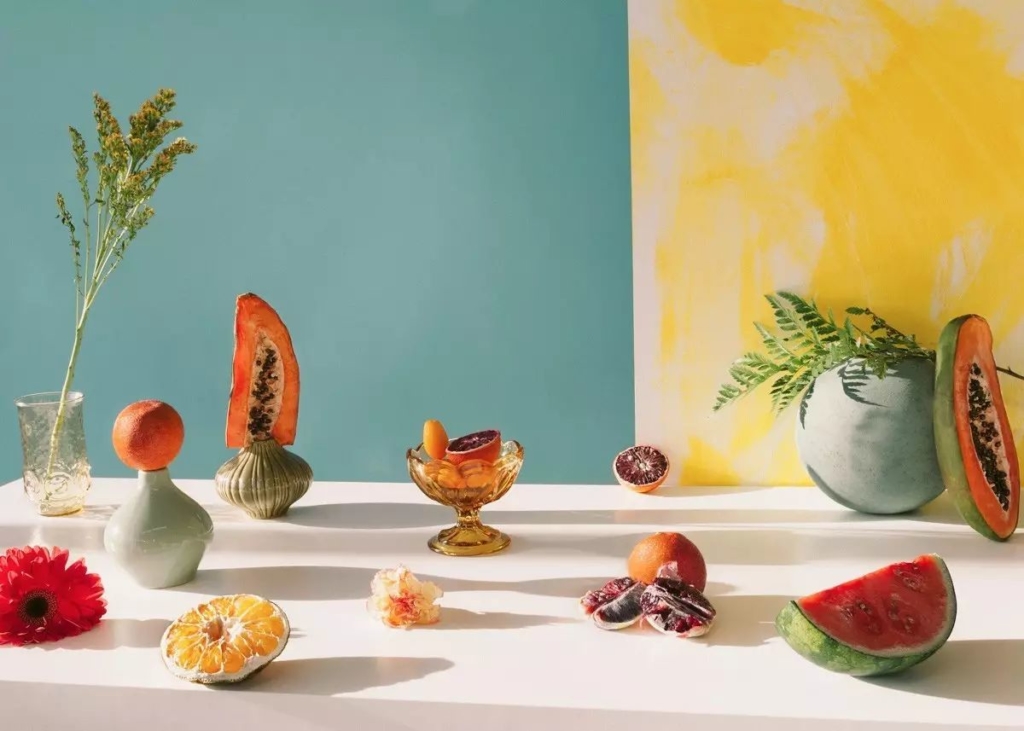
We all have heard about the Zero-Waste movement, and maybe some of you reading this have participated in making some more eco-friendly changes to your lifestyle – good for you! It can be such a confusing, overwhelming, and slightly intimidating journey to embark on. We all feel the same way, but the reality is there’s no perfect person, and there’s no perfect journey. Anything and everything you do makes a difference, and the planet thanks you. But if you’re looking to take that extra step and make your home even more sustainable, check out these six swaps you can make in your home to be less wasteful.
Swap Paper Towels With Reusable Cloth Napkins
This is the easiest switch to make since you can start as soon as you run out of your next roll. What’s great about this swap (and most of the ones listed here) is that it also saves you money. We all know a good paper towel roll can be pretty pricey, and all that paper takes years and years to break down and will most likely end up in a landfill. Find a pack of reusable washrags at any home goods store, or if you want to be even more sustainable, cut up some old tees or bedsheets and use that as napkins instead. My personal favorites are the .79 cent white and red rags from Ikea. Check them out here!
Start Recycling & Composting
We all know that recycling and composting are easy ways to reduce your waste, so if your apartment building or HOA doesn’t offer a recycling or composting program, you can find areas that collect public recycling and community gardens / farmer’s markets that collect weekly compost. Make sure to read up on what you can recycle and how to properly wash and prep your recycled items. I personally love buying specific bins to separate my recycling from my other trash, like this one from Ikea. Can you tell I love Ikea yet? For composting, just collect all your food scraps in a paper bag and put it in your freezer until you’re ready to compost it. Since I go to the farmers market each week, I just bring my food scraps to the composting every weekend. It’s a weekend ritual I feel so good about.
Plastic-Free Food Packaging
If you haven’t noticed yet, most of the food at the grocery store come in some sort of plastic package. Plastic is one of the main polluters of landfills and oceans all over the world, so much so that we probably consume plastic every time we eat fish or meat. You can reduce your single-use plastic waste by choosing to only buy food without plastic packaging. Usually, this means you will shop in bulk (bringing your own jars to refill), shopping at farmer’s markets, or buying only items in reusable containers such as glass jars or resealable bags. What I love about this is that it forces me to buy fresher foods that I plan on eating that week. After many months of doing this, I have cut my weekly grocery bill by $22 on every trip. Why? Because I know I don’t have any plastic to preserve food, meaning I only buy what I plan on eating that week. It also helps with food waste– A win-win in my book!
Swap Out Your Paper Junk Mail To Digital Junk Mail
We all get those ads and coupons in the mail that we never look at or even use. This is a huge paper waste and puts the end life of that paper in your hands and now you’re responsible for recycling it properly. Opting into digital billing and junk mail allows the company to be responsible for their mail and saves on the paper waste that you’d otherwise stuff in some junk drawer (Marie Kondo is shaking.) What’s amazing about this decision in becoming more sustainable is that it’s a small way of telling the companies who create the ads / coupons that we don’t want paper waste. This then forces them to reconsider their carbon footprint on the world.
Reusable Water Bottles
This is obvious and I almost didn’t add it in here because I figured everyone should know this, but I was recently at a friend’s house who had a 32-pack of water bottles sitting on top of her fridge and thought to myself, “Yeah, I’m adding this.” Water bottles aren’t just for those on the go or at the gym, they are for everyone. If you’re someone who, like my friend, buys water bottles to have clean water to drink at the house, well let me introduce you to two amazing (and money-saving) swaps. The first swap, a Brita Water Filter for your kitchen sink. I have this and love it! I trust it makes the water safe enough to drink right away. The second, a reusable vacuum seal water bottle. You can find affordable ones on Amazon, or shop our faves here. I love how they keep my drinks cold and my coffee hot. They don’t leak in my bag and it’s a great reminder to drink more water. Which my body and skin are both very thankful for!
Learn To Repair Before You Replace
Whether it’s clothing, the TV remote, or a piece of furniture, learn to change your “replace” mentality into a “repair” mentality. Personally, I love keeping certain essentials in my linen closet at all times so I have no excuse to not attempt a repair before replacing it. My “repair essentials” are a fashion emergency kit that includes a needle and thread for clothing repairs, a tool kit to repair any furniture, a small can of paint and a sandpaper square (most of the time you can ask your apartment for sample paint and get a sandpaper scrap from your local hardware store for free) to repair any dents or scratches on the wall. The essentials will differ per person, but these are great for starting your own “repair essential kit.” If you have tried all of the possible ways to repair something and you still can’t fix it, think about donating it or reusing certain parts of the items so it’s not a complete waste. Turn an old t-shirt into a tote bag or reusable makeup pads. Cut off the legs of an old chair and use them as wall hooks for hats or plants! The possibilities are endless!
–
The more you learn about reducing your household waste the more you will see just how easy it is. You don’t need to be some tree-hugging hippie to know that climate change is real, plastic pollution kills, and we don’t have much time to make long-lasting changes for our planet. These are just a hand-full of some of the changes we can all make to be less wasteful and love mother nature a little bit more.
If you have any tips about reducing your household waste, share them with us at @thechilltimes on Instagram!
–
Feature Image via Melissa Gamache

